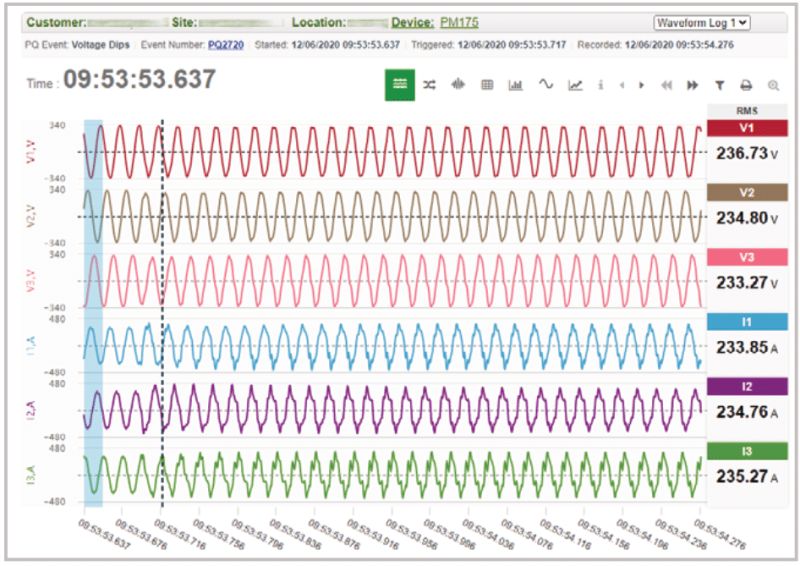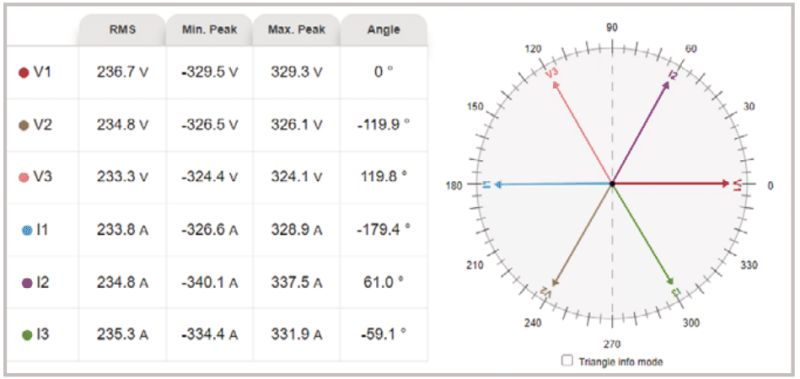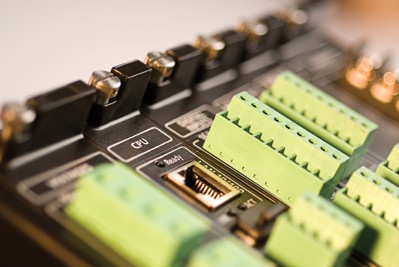Network Disturbances and Resulting Damage
Detecting network disturbances, such as voltage dips and swells, is an important aspect of power quality monitoring. However, it is often difficult to determine and locate the cause responsible for the disturbance detected. This of course presents a further challenge in preventing such future events.A power quality analyzer is normally situated in a network operator’s substation or at a client/ facility’s grid connection. The functionality is identical but harbors different interests. Since faulty power quality can damage equipment, the client wants to record and document such cases and claim damages from the operator. Accordingly, the operator must conduct its own independent monitoring, to confirm or dispute such claims. Likewise, the monitoring is needed for providing internal alerts for power quality issues, before any damage is incurred. Figure 1: Electric motor as possible cause



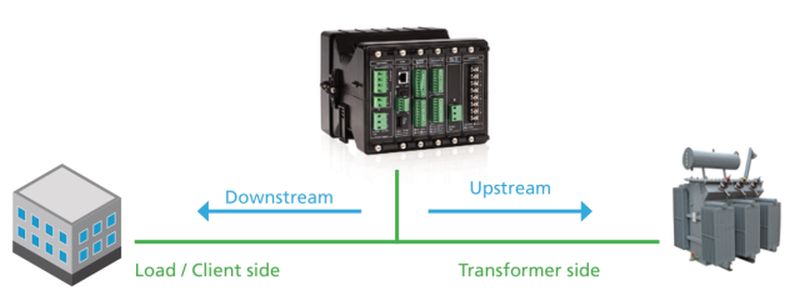
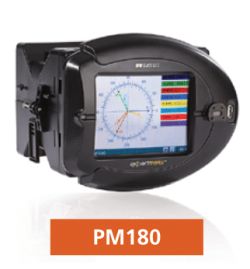 Providing this detection is not trivial and is not featured by most power analyzers on the market. The PM180 uses synchronous voltage and current waveforms, recorded before and during an event, to determine the location of the disturbance source. Depending on the characteristics of the fault, the device can apply different methods of analyzing the collected data to give the most reliable indication of the direction of the fault.
Providing this detection is not trivial and is not featured by most power analyzers on the market. The PM180 uses synchronous voltage and current waveforms, recorded before and during an event, to determine the location of the disturbance source. Depending on the characteristics of the fault, the device can apply different methods of analyzing the collected data to give the most reliable indication of the direction of the fault.